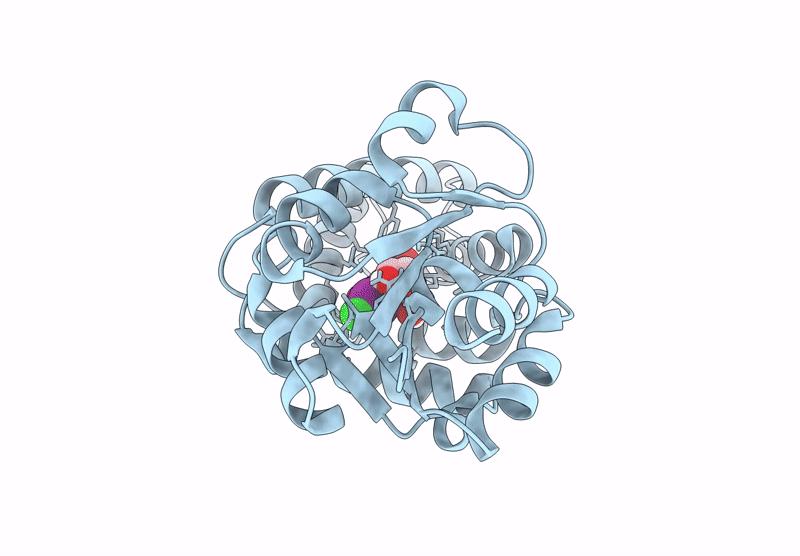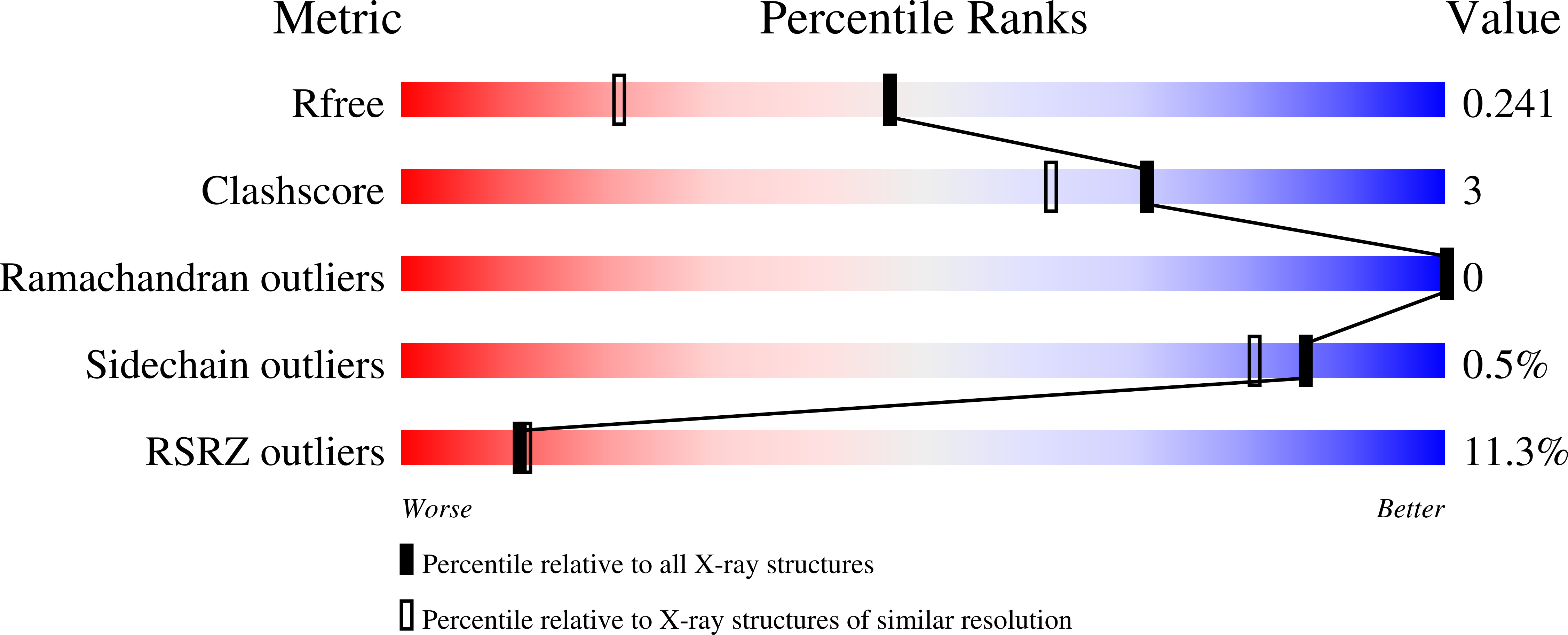
Deposition Date
2024-06-26
Release Date
2025-01-29
Last Version Date
2025-03-26
Entry Detail
PDB ID:
9FUG
Keywords:
Title:
Crystal structure of SNAr1.3 (K39A) in complex with 2,4-dinitroiodobenzene
Biological Source:
Source Organism:
synthetic construct (Taxon ID: 32630)
Host Organism:
Method Details:
Experimental Method:
Resolution:
1.71 Å
R-Value Free:
0.24
R-Value Work:
0.20
R-Value Observed:
0.20
Space Group:
P 31 2 1


